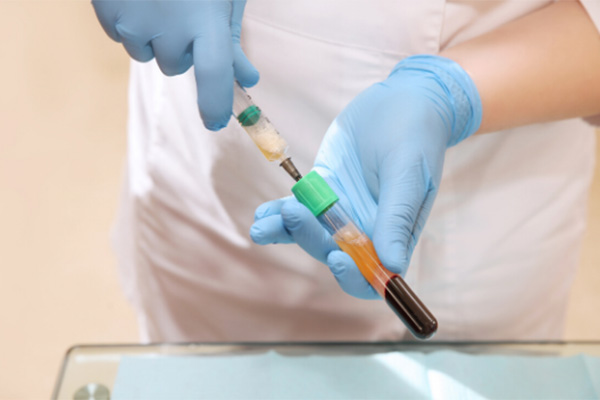PRP involves the injection of concentrated platelets from the patient’s own blood (autologous blood collection), which release growth factors to stimulate recovery in non healing soft tissue injuries.
PRP contains platelets, wherein reside growth factors that are necessary for healing soft tissues, including platelet-derived growth factor, transforming growth factor and others, which exert their effects on fibroblasts and other immune cells causing their proliferation and thereby accelerating the regeneration of injured tissues. Activated platelets also secrete stromal cell derived factor 1 alpha (SDF-1a) which supports primary adhesion and migration of mesenchymal stem/ stromal cells. The preparation consists of an autologous blood collection (blood from the patient), plasma separation (blood is centrifuged), and application of the plasma rich in growth factors (injecting the plasma into the area.) PRP is typically given every one to two months for one to six visits.
Resources:
- What Is Prolotherapy? (n.d.). Retrieved from http://journalofprolotherapy.com/what-is-prolotherapy/
- Hauser, Ross A. et al. “Journal of Prolotherapy International Medical Editorial Board Consensus Statement on the Use of Prolotherapy for Musculoskeletal Pain.” Journal of Prolotherapy, vol. 3, no. 4, Dec. 2011, pp. 744–764., journalofprolotherapy.com/journal-of-prolotherapy-international-medical-editorial-board-consensus-statement-on-the-use-of-prolotherapy-for-musculoskeletal-pain/.

